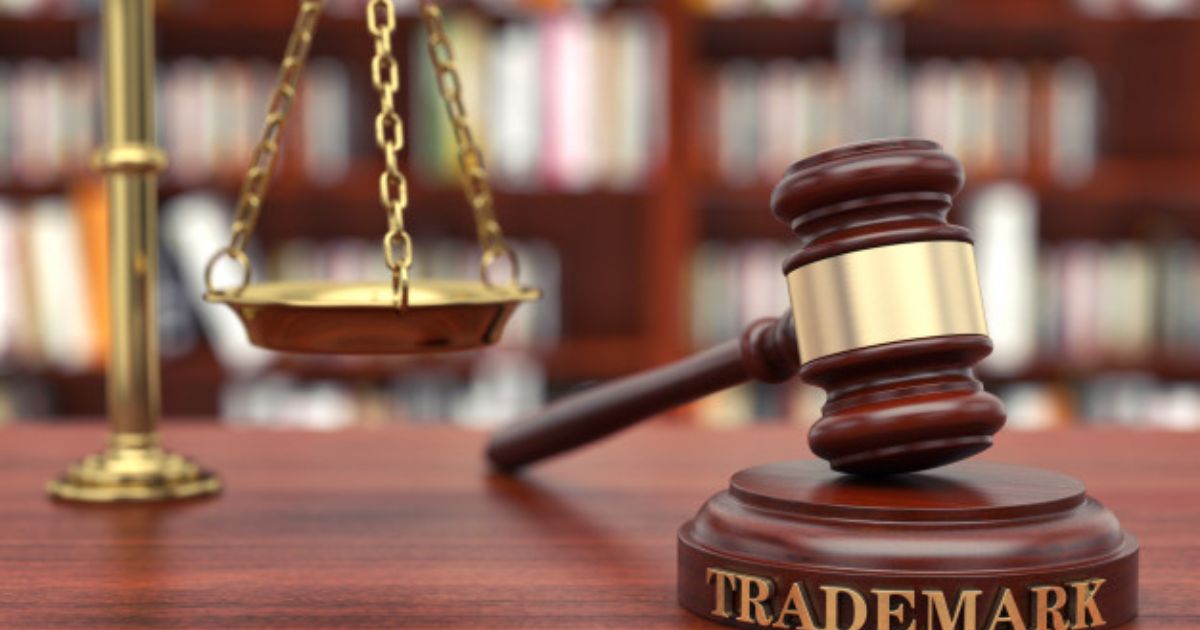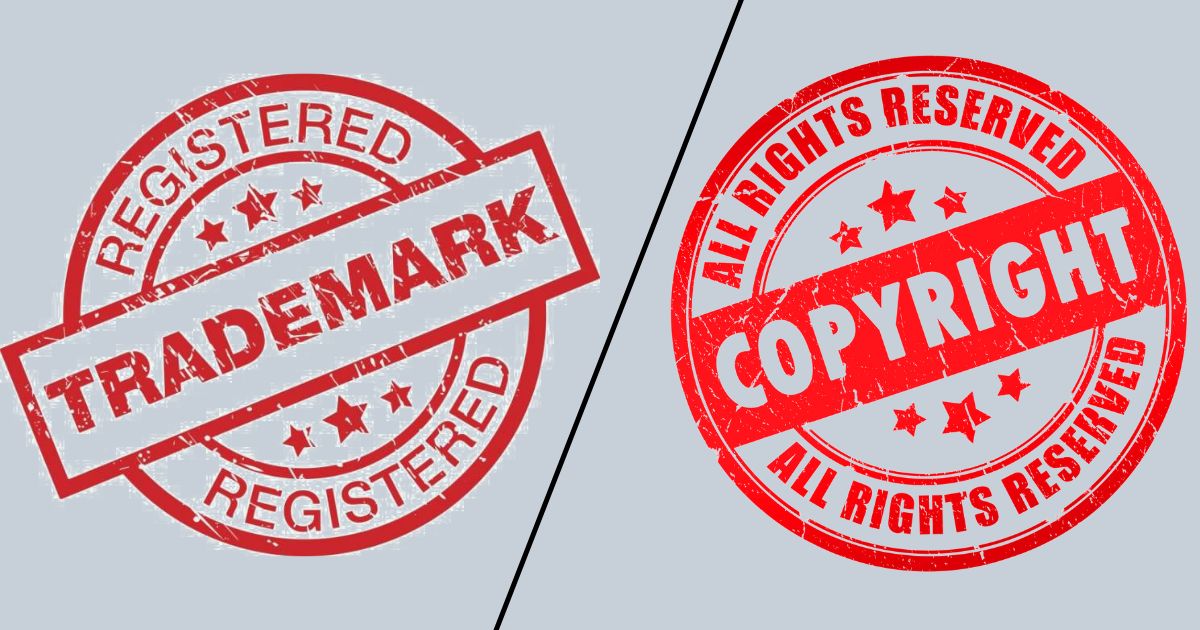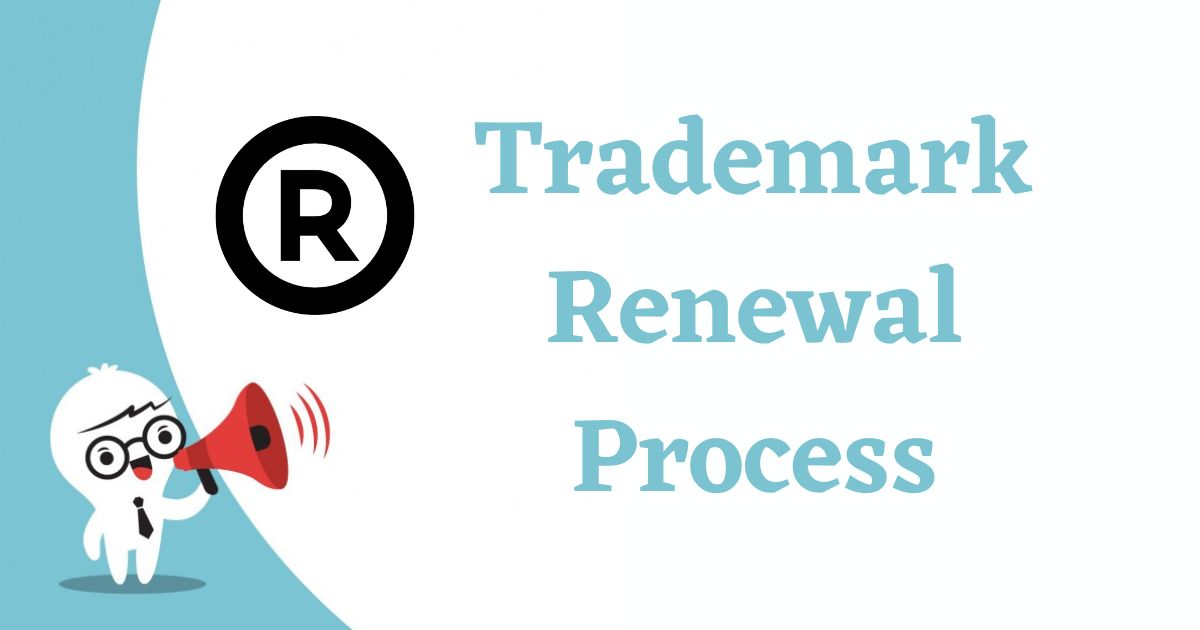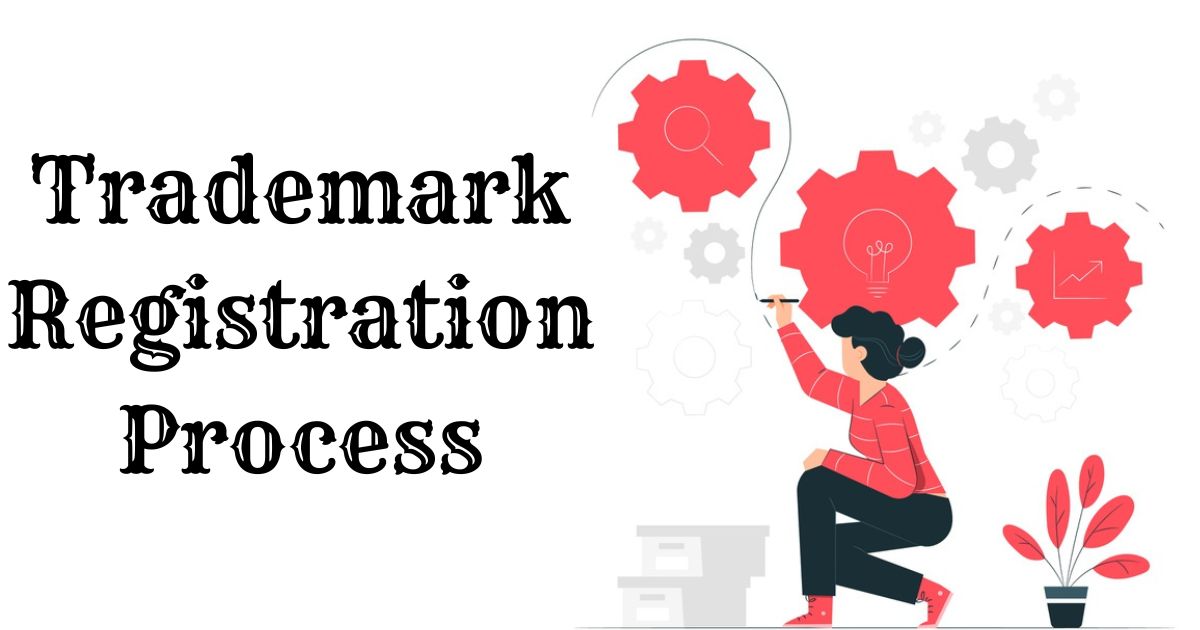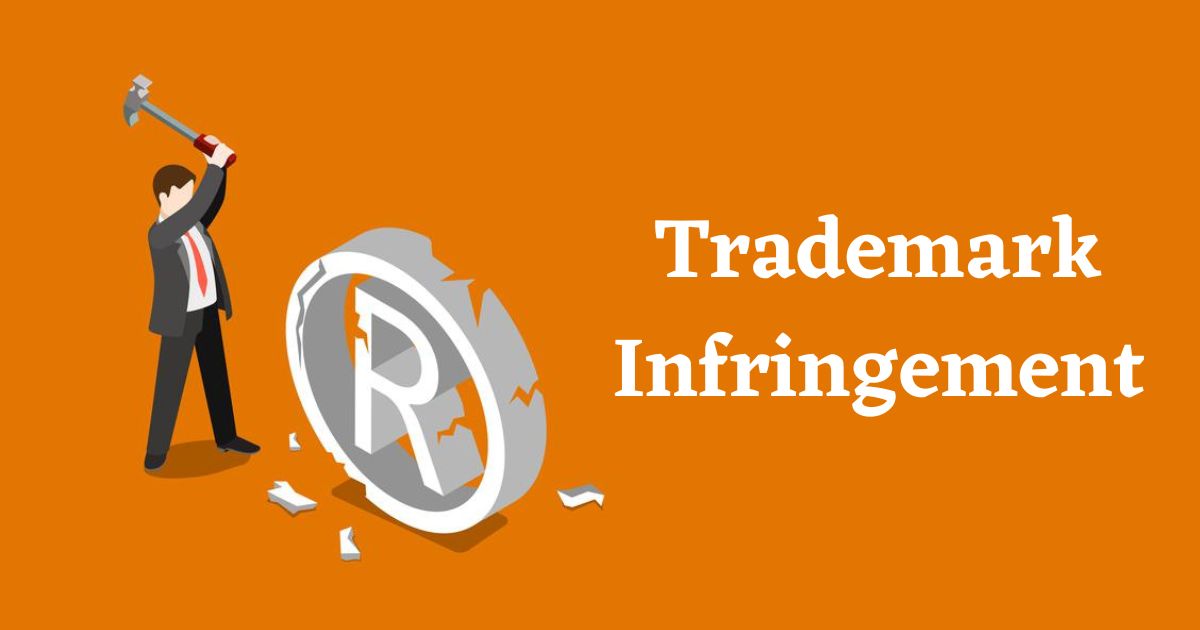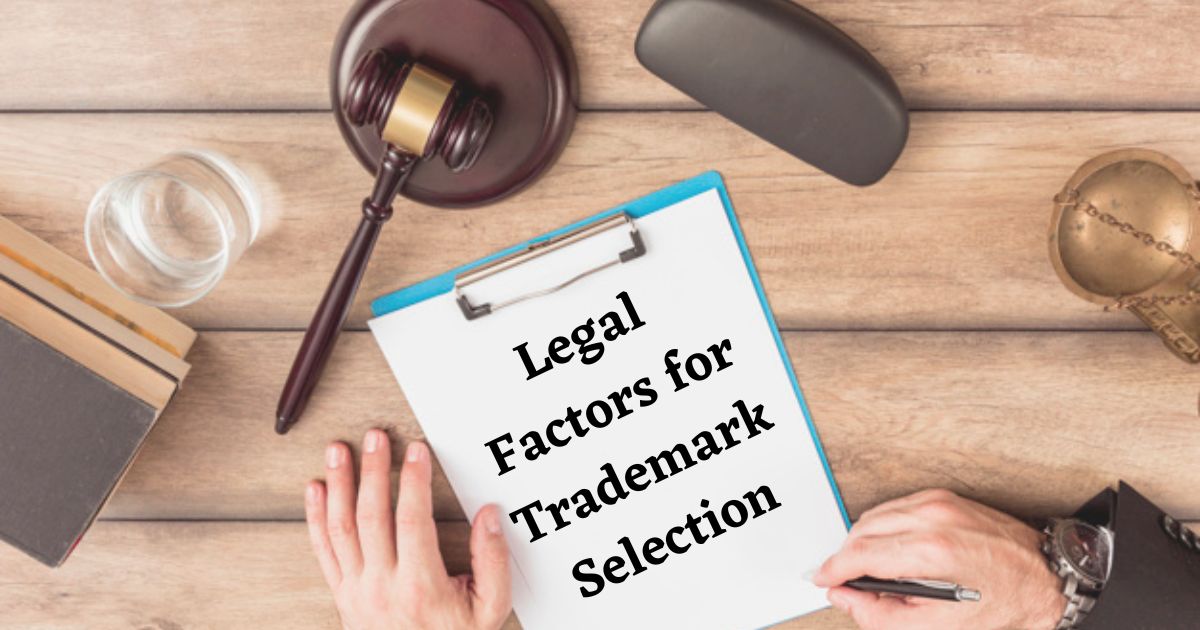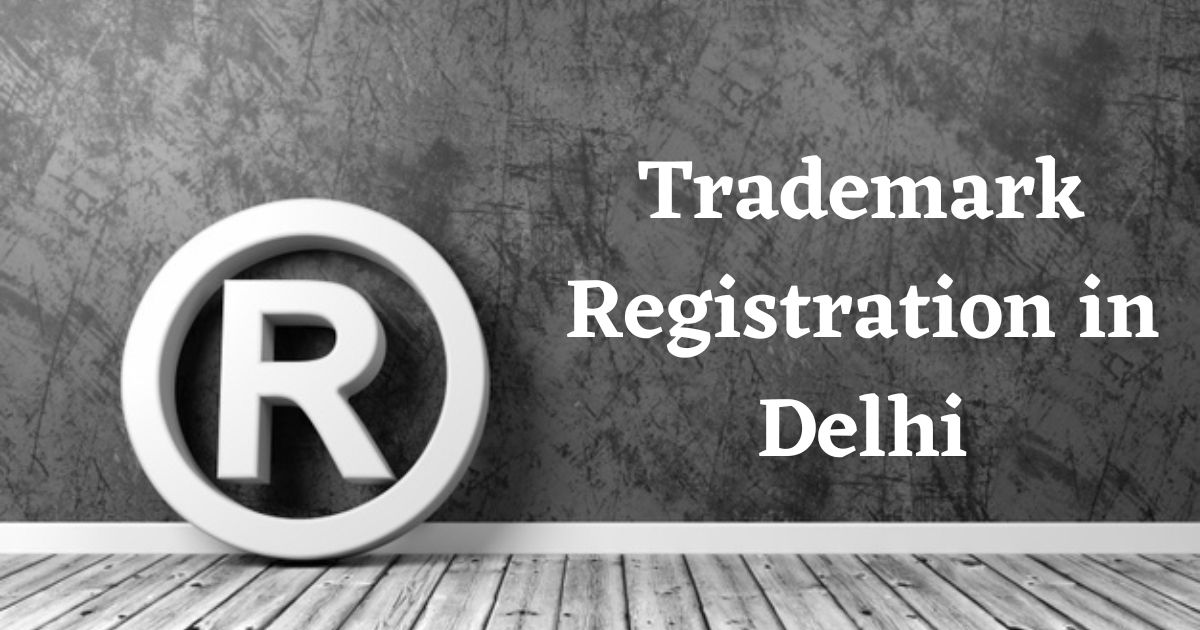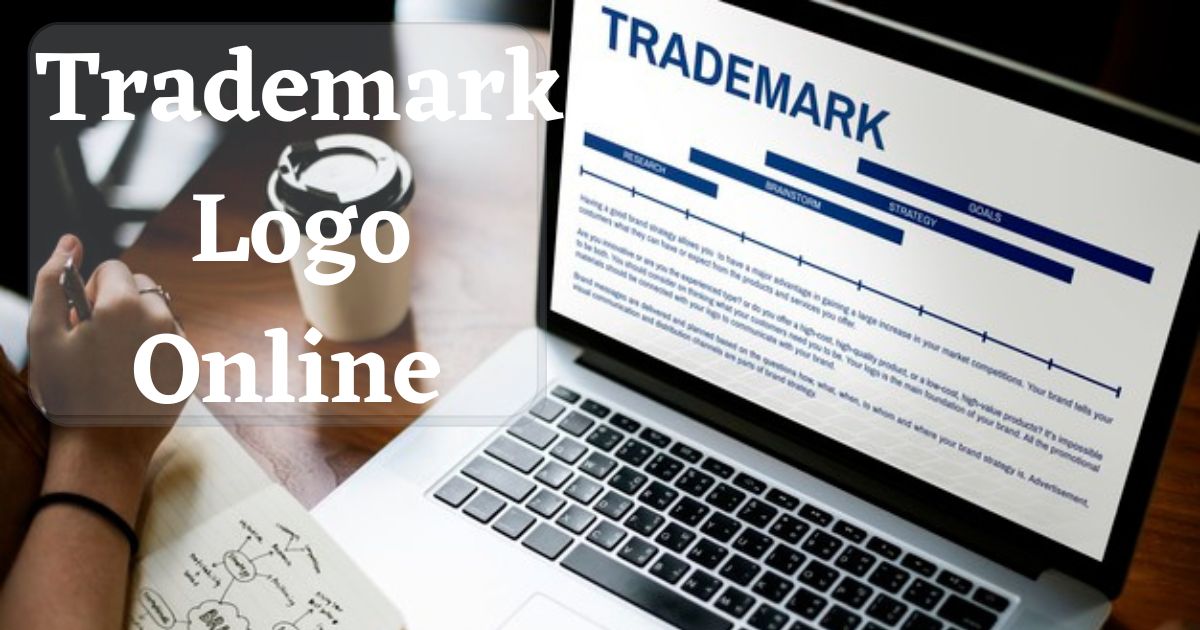
Trademark class search registration is based on a system known as “Classes” of goods and services. It is necessary to mention a suitable class while registering a trademark class 2. The International Classification of Goods and Services uses the class number to divide services and goods into 45 Classes of Trademark. Classes 1-34 include goods, whereas Classes 35-45 deal with services. These classifications are used by the Trademark Registry to group trademarks.
Trademark Class 2 Classification
Paints, colorants, and preparations used to prevent erosion are mostly included in Trademark Class 2. Paints, varnishes, and lacquers for industry, handicrafts, and the arts, as well as dyes for clothes and colorants for foods and beverages, are specifically included in this class. To help you focus your search in the trademark database, the following materials from a variety of topics are the focus of trademark class 2.
- Washes and Paints;
- Colorants, Inks, and Dyestuffs for clothing;
- Thinners and Thickeners for Paints, Inks, Dyes, and Coatings;
- Varnishes and Polishes for industry, handicrafts, and arts;
- Raw Natural Resins;
- Preparations for protection against Corrosion and Rusting;
- Colorants used in Beverages and Foodstuffs;
- Mordant, Emulsions, Inks, Ceramic paints;
- Preservatives against rust and deterioration of Wood;
- Metals in powder and foil forms used generally by painters, artists, painters, decorators.
The products listed below CANNOT fall under Trademark Class 2: Varnishes and Paints
- Unprocessed synthetic resins
- Blueing of laundry Cosmetic colors
- Paint cans (articles for use in school)
- Varnishes and paints for insulation.
What Conditions Must Be Met Before A Trademark Class 2 Can Be Registered?
- Specifications of the brand name, logo, symbol, or slogan that necessitate trademark registration.
- Date of the trademark’s initial use.
- Information on the trademark owner, including name and address.
- The names of all the members if the company name is the subject of the trademark application.
- TM-48, an authorization form.
What Advantages does Class 2 Trademark Registration Provide?
The use of a trademark enables you and any third party to distinguish your products and services from those of your rival. The fact that geographical names, well-known names, fair trade phrases, and standard density cannot be registered is nevertheless important to remember.
Legal Defense
Because they fall under the IPR category, trademarks are shielded from annexation. Once you’ve completed the trademark application, you can get the Symbol “TM” for your items.
Differentiation of Products
Brand Recognition A trademark will help you differentiate your product from that of your rivals.
Customers evaluate any product’s appearance, quality, and features against those of any manufacturer of like goods.
Asset Creation
A trademark registration is a resource for any commercial endeavor. The intellectual property right known as a trademark carries a value associated with the products it identifies.
A Detailed List of Goods Classified under Trademark Class 2:
|
Acid dyes |
Acrylic paints |
Acrylic paints for artists |
|
Acrylic paints for use in art |
Agglutinants for paints |
Alcohol soluble dyes |
|
Alizarin dyes |
Aluminium paints |
Aluminium powder for painting |
|
Aluminium powder for use in painting, decorating and art |
Aluminium powder for use in painting, decorating, printing and art |
Aluminium powders for painting |
|
Aniline dyes |
Annatto |
Annatto [dyestuff] |
|
Annatto [dye] |
Annotto |
Annotto [dyestuff] |
|
Anti-corrosion agents |
Anti-corrosion bands |
Anti-corrosion coatings [paints] |
|
Anti-corrosion compositions |
Anti-corrosion compounds |
Anti-corrosion greases |
|
Anti-corrosion oils |
Anti-corrosion paints |
Anti-corrosion paper |
|
Anti-corrosion preparations |
Anti-corrosion substances |
Anti-corrosion tape |
|
Anti-corrosion waxes |
Anti-corrosive agents |
Anti-corrosive bands |
|
Anti-corrosive coatings [paints] |
Anti-corrosive compositions |
Anti-corrosive compounds |
|
Anti-corrosive greases |
Anti-corrosive oils |
Anti-corrosive paints |
|
Anti-corrosive preparations |
Anti-corrosive substances |
Anti-corrosive waxes |
|
Anti-fouling paints |
Anti-graffiti coatings [paints] |
Anti-rust greases |
|
Anti-rust oils |
Anti-rust preparations |
Anti-tarnishing preparations for metals |
|
Anti-urine paints |
Anticorrosive agents |
Anticorrosive bands |
|
Anticorrosive coatings [paints] |
Anticorrosive compositions |
Anticorrosive compounds |
|
Anticorrosive greases |
Anticorrosive oils |
Anticorrosive paints |
|
Anticorrosive preparations |
Anticorrosive substances |
Anticorrosive waxes |
|
Architectural paints |
Arnotta |
Arnotta [dyestuff] |
|
Asbestos paints |
Auramine |
Automobile cooling system rust inhibitors |
|
Automobile paints |
Automotive paints |
Bactericidal and fungicidal paints |
|
Bactericidal paints |
Badigeon |
Basic dyes [cationic dyes] |
|
Binding agents for paints |
Binding preparations for paints |
Bitumen varnish |
|
Bronze powder for painting |
Bronzing lacquers |
Camouflage paints for military equipment |
|
Canada balsam |
Caramel coloring for use in the manufacture of beverages |
Caramel coloring for use in the manufacture of foodstuffs |
|
Caramel colouring for use in the manufacture of beverages |
Caramel colouring for use in the manufacture of foodstuffs |
Caramel [food colorant] |
|
Carbon black for use as a pigment |
Carbon black [pigment] |
Carbonyl [wood preservative] |
|
Ceramic paints |
Clear and pigmented coatings in the nature of paint |
lear protective coatings for vehicles |
|
Clothing dyes |
Coating compositions in the nature of paints for industrial applications |
Coating preparations having water repellent properties [paint] |
|
Coatings for roofing felt [paints] |
Coatings for tarred felt [paints] |
Coatings for wood in the nature of paints |
|
Coatings for wood [paints] |
Coatings used for furniture finishing |
Coatings [paints] |
|
Cobalt oxide for use as a colorant |
Cobalt oxide [colorant] |
Cochineal carmine |
|
Colophony |
Colophony * |
Color pigments |
|
Colorants |
Colorants * |
Colorants for beer |
|
Colorants for beverages |
Colorants for butter |
Colorants for concrete |
|
Colorants for liqueurs |
Colorants for textiles |
Colorants for the restoration of furniture in the form of markers |
|
Colorants for use in the manufacture of beverages |
Colorants for use in the manufacture of cosmetics |
Colorants for use in the manufacture of food |
|
Colorants for use in the manufacture of paint |
Colorants for use in the manufacture of paper |
Colorants for use in the manufacture of pharmaceuticals |
|
Colorants for use in the manufacture of plastic molding compounds |
Colorants for use in the manufacture of printing ink |
Colorants for use in the manufacture of soap |
|
Colorants, dyes |
Colored paints for facades |
Colour pigments |
|
Colourants for concrete |
Coloured paints for facades |
Copal |
|
Copal varnish |
Corrosion inhibiting preparations for vehicles |
Corrosion inhibitors in the nature of coatings |
|
Creosote for wood preservation |
Damp proofing paints |
Damp-proofing paints |
|
Decorative spray coatings |
Decorative spray coatings [paints] |
Direct dyes |
|
Distempers |
Distempers [water paint] |
Dope for model vehicles |
|
Dry inks |
Drying agents for paints |
Duplicating ink |
|
Dye-wood |
Dyes |
Dyes * |
|
Dyes for making soap |
Dyes for use on plastics |
Dyes for wood |
|
Dyestuffs |
Dyestuffs for textiles |
Dyewood |
|
Dyewood extracts |
Edible ink cartridges, filled, for printers |
Edible inks |
|
Emulsion paints |
Enamel paints |
Enamels for painting |
|
Enamels [varnishes] |
Engraving ink |
Epoxy resin coatings |
|
Exterior paint |
Exterior paints |
Fabric dyes |
|
Fabric paints |
Filled ink cartridges for photocopiers |
Filled ink cartridges for photocopiers and printers |
|
Filled ink cartridges for printers and photocopiers |
Filled ink jet cartridges |
Filled toner cartridges for laser printers |
|
Filled toner cartridges for printers and photocopiers |
Finger paints |
Fire retardant paints |
|
Fire retardant pigments |
Fire-retardant coatings [paints] |
Fire-retardant paints |
|
Fire-retardant pigments |
Fireproof paints |
Fixatives for colorants |
|
Fixatives for dyestuffs |
Fixatives for lacquers |
Fixatives for paints |
|
Fixatives for varnishes |
Fixatives for watercolors |
Fixatives [varnishes] |
|
Floor paints |
Floor protection varnishes |
Fluorescent brightening agents [dyes] |
|
Fluorescent paints |
Foils of lead alloys for use in painting, decorating, printing and art |
Foils of lead for use in painting, decorating, printing and art |
|
Foils of metal for use by decorators |
Foils of precious metal for use in painting, decorating, printing and art |
Food colorants |
|
Food colorants for domestic use |
Food colors for domestic use |
Food dyes |
|
Food dyes [food colorants] |
French polish |
Fungicidal paints |
|
Gamboge for painting |
Gilding preparations |
Glazes [paints, lacquers] |
|
Gold foil |
Gold foil [leaf] |
Gold leaf |
|
Gold paint for ceramics |
Gum resins |
Gum turpentine |
|
Gum turpentine for use as paint thinner |
Gum-lac |
Heat resistant paints |
|
House paints |
Indigo for use as a colorant |
Indigo [colorant] |
|
Ink cartridges, filled, for photocopiers and printers |
Ink cartridges, filled, for printers and photocopiers |
Ink for inkjet printers |
|
Ink for leather |
Ink for photocopiers |
Ink for photocopiers and printers |
|
Ink for printers and photocopiers |
Ink for tattooing |
Ink jet cartridges, filled |
|
Ink jet printer ink |
Ink markers for marking livestock |
Inkjet cartridges, filled |
|
Inkjet printer ink |
Inks for engraving |
Inks for marking |
|
Inks for printing |
Inks for printing, marking and engraving |
Inks for use in offset printing |
|
Inks for use in silk screen printing |
Inorganic pigments |
Intaglio ink |
|
Interior paint |
Interior paints |
Lacquers |
|
Lamp black [pigment] |
Lead alloys in powder form for use in painting, decorating, printing and art |
Leather mordants |
|
Leather stains |
Lime wash |
Lime wash paints |
|
Litharge |
Livestock marking dye |
Logwood extracts [dyes] |
|
Lower hull paints |
Luminous paints |
Madder |
|
Malt caramel [food colorant] |
Malt colorants |
Marking ink for animals |
|
Marking inks |
Mastic [natural resin] |
Metal foil for use in painting, decorating, printing and art |
|
Metallic inks for use in art |
Metallic inks for use in printing |
Metallic printing inks |
|
Metals in foil and powder form for use in painting |
Metals in foil and powder form for use in painting, decorating, printing and art |
Metals in foil form for painters, decorators, printers and artists |
|
Metals in leaf and powder form for use in painting, decorating, printing and art |
Metals in powder form for use in painting, decorating, printing and art |
Mimeographing inks |
|
Mineral spirits for use as paint thinners |
Minium |
Mixed paints |
|
Mordant dyes |
Mordants |
Mordants for leather |
|
Mordants for use in industry |
Mordants for wood and leather |
Mordants [fixatives] for water colours |
|
Mordants [fixatives] in the nature of varnishes |
Naphthol dyes |
Natural crude resins |
|
Natural dyes |
Natural resins for use in the manufacture of adhesives |
Natural resins, raw |
|
Non-ferrous metal foil for use in painting, decorating, printing and art |
Non-ferrous metals in foil or powder form for use in painting, decorating, printing and art |
Non-ferrous metals in powder form for use in painting, decorating, printing and art |
|
Non-stick coatings in the nature of paint |
Nonferrous metal foil for use in painting, decorating, printing and art |
Nonferrous metals in foil or powder form for use in painting, decorating, printing and art |
|
Nonferrous metals in powder form for use in painting, decorating, printing and art |
Offset printing inks |
Oil colors |
|
Oil for the preservation of wood |
Oil paints |
Oil paints for artists |
|
Oil paints for use in art |
Oil soluble dyes |
Oils for the preservation of wood |
|
Oils for the treatment of wood |
Oils for use in the treatment of wood |
Orange lead |
|
Organic pigments |
Organic thickening agents for paints |
Pad printing inks |
|
Paint crayons for marking livestock |
Paint for artists |
Paint for concrete floors |
|
Paint for industrial equipment and machinery |
Paint for use in the manufacture of automobiles |
Paint for use in the manufacture of ceramics |
|
Paint for use in the manufacture of furniture |
Paint markers for marking livestock |
Paint primers |
|
Paint reducers |
Paint reducers for anti-graffiti coatings |
Paint sealers |
|
Paint thickeners |
Paint thinner |
Paint thinners |
|
Paint thinners for anti-graffiti coatings |
Paints |
Paints * |
|
Paints for artists |
Paints for arts and crafts |
Paints for automobiles |
|
Paints for concrete floors |
Paints for industrial equipment |
Paints for industrial equipment and machinery |
|
Paints for machinery |
Paints for marine use |
Paints for model aeroplanes |
|
Paints for model airplanes |
Paints for model vehicles |
Paints for protection against graffiti |
|
Paints for use in the automobile industry |
Paints for use in the manufacture of automobiles |
Paints for use in the manufacture of ceramics |
|
Paints for use in the manufacture of furniture |
Paints for vehicles |
Paints in powder form |
|
Paints, varnishes, lacquers |
Paper for dyeing Easter eggs |
Pigment siccatives |
|
Pigmented coatings in the nature of paints |
Pigments |
Pottery enamels |
|
Powdered paints |
Powders of precious metals for use in painting, decorating, printing and art |
Precious metal foil for use in painting, decorating, printing and art |
|
Precious metals in foil or powder form for use in painting, decorating, printing and art |
Precious metals in powder form for use in painting, decorating, printing and art |
Preservatives against deterioration of wood |
|
Preservatives against rust and against deterioration of wood |
Preservatives against rust in the nature of coatings |
Primer |
|
Primer thinners |
Primers |
Printers’ ink |
|
Printers’ pastes [ink] |
Printing ink |
Printing toner |
|
Protective preparations for metals |
Prussian blue |
Raw natural resins |
|
Red lead |
Reducers for paints |
Repositionable paint patches |
|
Resins for coating purposes |
Roofing compounds [paints] |
Rust inhibiting preparations in the nature of a coating for use on vehicles |
|
Rust inhibitors for automobile cooling systems |
Rust preventatives in the nature of a coating |
Rust preventatives in the nature of coatings |
|
Rust protecting paints |
Saffron [colorant] |
Sandarac |
|
Screen printing inks |
Shellac |
Shellac for use as a surface coating |
|
Shoe dyes |
Siccatives for lacquers |
Siccatives for paints |
|
Siccatives for use as a drying agent for coatings and inks |
Siccatives for use as drying agents for coatings |
Siccatives for use as drying agents for coatings and inks |
|
Siccatives for use as drying agents for inks |
Siccatives for varnishes |
Siccatives [drying agents] for paints |
|
Sienna earth |
Silk screen printing inks |
Silver emulsions [pigments] |
|
Silver foil |
Silver foil [leaf] |
Silver leaf |
|
Silver paint for ceramics |
Silver paste |
Silvering powders |
|
Solvents for thinning paints |
Soot [colorant] |
Spray paint aerosols for marking livestock |
|
Stains for leather |
Stains for use on floors |
Sulfur dyes |
|
Sulphur dyes |
Sumac for varnishes |
Synthetic dyes |
|
Synthetic resin paints |
Synthetic resin paints for plastic products |
Synthetic resin primers [paints] |
|
Synthetic resin-based colorants |
Synthetic resin-based paints |
Synthetic resins for protection against corrosion |
|
Synthetic thickeners for paints |
Tattoo colors |
Tattoo colours |
|
Tattoo dyes |
Tattoo ink pastes for marking livestock |
Tattoo inks |
|
Tattooing ink |
Thermochromic printing inks |
Thermoplastic paint materials for use in marking road surfaces |
|
Thermoplastic paints for use in marking road surfaces |
Thermoplastic road marking paints |
Thickeners and hardeners for inks |
|
Thickeners and hardeners for varnishes |
Thickeners for coatings |
Thickeners for colors |
|
Thickeners for colours |
Thickeners for dyes |
Thickeners for inks |
|
Thickeners for paints |
Thickeners for pigments |
Thickeners for varnishes |
|
Thickening agents for paints |
Thickening preparations for paints |
Thickening substances for paints |
|
Thinners for coatings |
Thinners for dyes |
Thinners for dyestuffs |
|
Thinners for inks |
Thinners for lacquers |
Thinners for paint |
|
Thinners for paints |
Thinners for varnishes |
Titanium dioxide [pigment] |
|
Titanium white |
Toner |
Toner cartridges, filled |
|
Toner cartridges, filled, for ink jet printers |
Toner cartridges, filled, for ink-jet printers |
Toner cartridges, filled, for inkjet printers |
|
Toner cartridges, filled, for laser printers |
Toner cartridges, filled, for printers and photocopiers |
Toner for photocopiers |
|
Toner for photocopiers and printers |
Toner for printers |
Toner for printers and photocopiers |
|
Toners |
Treatment preparations for preserving wood |
Turmeric used as a colorant |
|
Turmeric [colorant] |
Turpentine for use as paint thinner |
Turpentine [thinner for paints] |
|
Typographic ink |
Ultramarine blue pigments |
Ultramarine dyes |
|
Undercoating for vehicle chassis |
Undersealing for vehicle chassis |
Unprocessed natural resins |
|
Unprocessed natural resins for use in the manufacture of adhesives |
Urushiol-based lacquers |
Varnish |
|
Varnishes |
Varnishes * |
Varnishes for protecting floors |
|
Varnishes for use in cabinet making |
Vat dyes |
Vehicle corrosion inhibiting preparations |
|
Vehicle paints |
Vermilion |
Water repellent paints |
|
Water-colors [paints] |
Water-repellent paints |
Watercolor paints |
|
Watercolor paints for artists |
Watercolor paints for use in art |
Watercolors [paints] |
|
Watercolour paints |
Watercolour paints for artists |
Watercolour paints for use in art |
|
Watercolours [paints] |
Waterproof paints |
Weatherproofing coatings [paints] |
|
White lead |
Whitewash |
Wood coatings [paints] |
|
Wood dyestuffs |
Wood floor finishes |
Wood mordants |
|
Wood preservatives |
Wood preservatives for fencing |
Wood preserving oils |
|
Wood stains |
Xerographic toner |
Xerographic toners |
|
Yellowwood [colorant] |
Zinc oxide [pigment] |
|
Also Read About:

